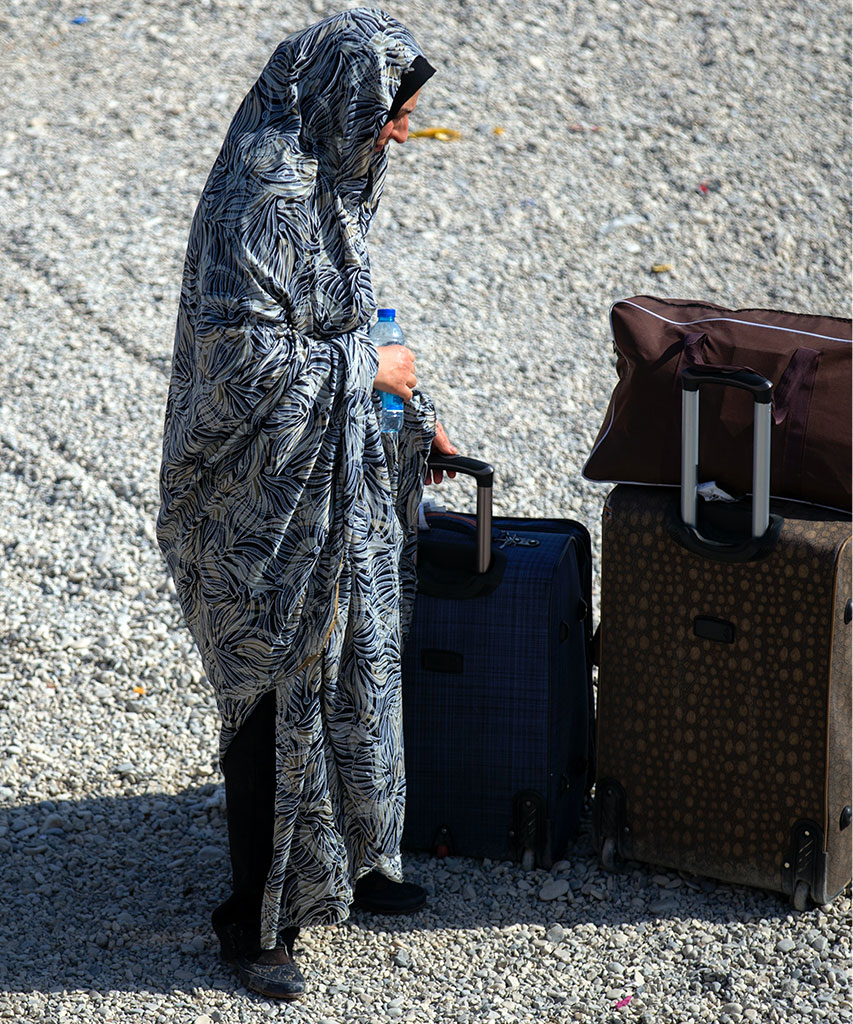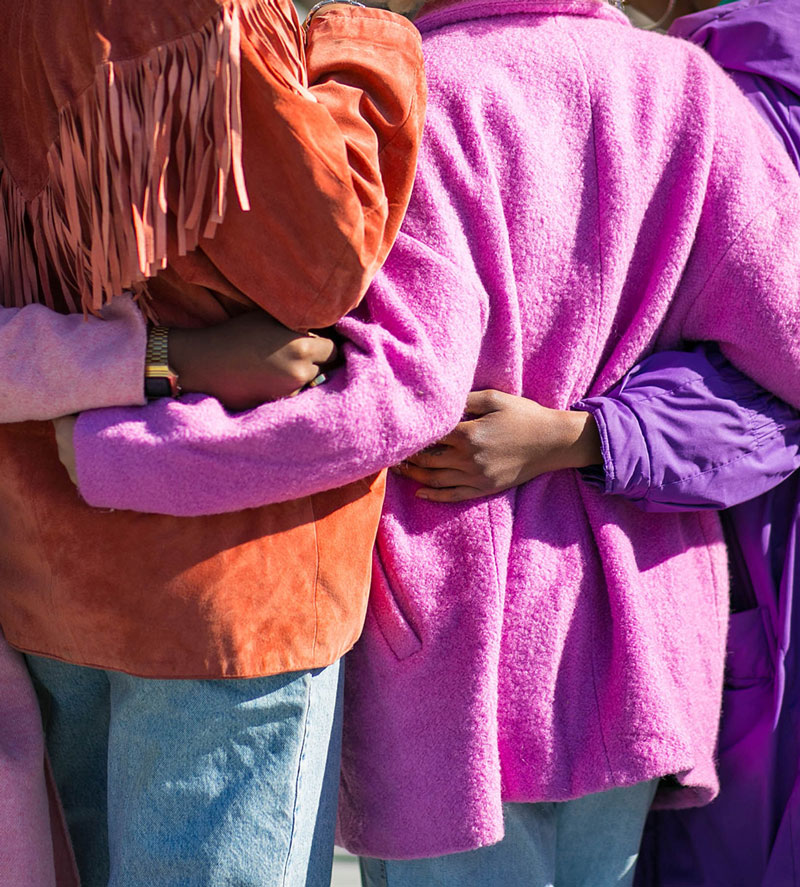
Myth:
Immigrants are taking Canadian jobs and Canadian-born workers are unemployed.

Fact:
The Canadian workforce is diminishing in number as our current workforce retires.
433,000 jobs remained unfilled in the third quarter of 2019. There continues to be a strong need for skilled workers in Canada.

Myth:
Canada takes in too many refugees who are then dependant on the Canadian government (Canadian taxpayers) to support them.

Fact:
In 2020, Canada committed to 30,000 refugees. This number represents 0.08% of Canada’s population (37.59 million) and 0.04% of the current number of global refugees.
For perspective, over the last 40 years, private sponsorship in Canada has settled an estimated 327,000 refugees. Privately sponsored refugees are not eligible for financial resettlement assistance from the government.

Myth:
Canada doesn’t need immigration.
We have too many immigrants already.

Fact:
Immigrants account for almost a quarter of Canada’s labour force, and up to 90 per cent of its labour force growth.
Without immigration, the Conference Board of Canada projects that deaths in this country would exceed births by the year 2034, that the labour force would shrink, social services would face “significant difficulties” in funding, and the necessary tax hikes would likely cause businesses to forego investment in this country (if not pull up stakes and leave).

Myth:
Family reunification accounts for too many additional family members coming to Canada who then put a strain on taxpayers.

Fact:
Family reunification plays an important role in attracting, retaining and integrating immigrants:
Admissions
Family immigration is a large component of annual permanent resident admissions (27%).
Connection with other immigration classes
Economic immigrants arriving in Canada single and later sponsoring someone from their country of origin.
Temporary residents (e.g., workers or students) meeting and marrying a Canadian, and subsequently seeking permanent residence as sponsored spouses.
Economic outcomes
Performance outcomes are, on average, not as strong as economic immigrants, but improve with amount of time spent in Canada.
Social benefits
Admission of family members is also considered to have a beneficial impact on “anchoring” family members and their communities.
Demand
Given demand typically outstrips admissions space, a key dynamic is the length of time reasonable or appropriate for reuniting close family members.

The trees act not as individuals, but somehow as a collective. Exactly how they do this, we don’t yet know. But what we see is the power of unity.
What happens to one happens to us all. We can starve together or feast together. All flourishing is mutual.
Kimmerer, R. W. (2015). Braiding sweetgrass: Indigenous wisdom, scientific knowledge and the teachings of plants. Minneapolis, MN: Milkweed (p. 15).
Let's end the racist, colonial, and patriarchal worldviews that hold us all back.
How will Canada flourish if any individual or groups of individuals languish?
We will all flourish individually and as a nation when we invest in our Indigenous Canadian women and our refugee-immigrant women who are rebuilding lives and recreating home. When women flourish, we all flourish.









